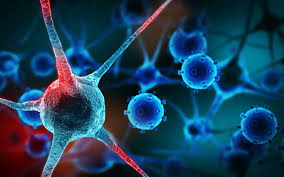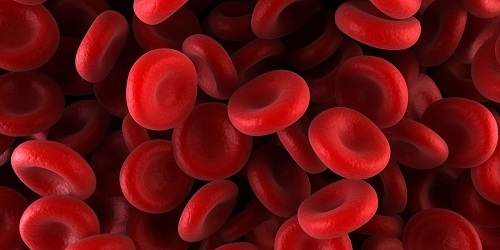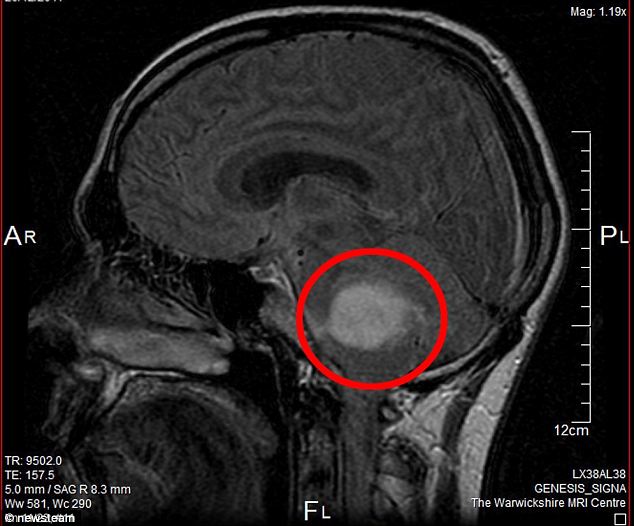A cure for the virus that causes AIDS may still be beyond our grasp, but European researchers have developed a predictive software system for HIV that could help extend the lives of victims of the killer disease. Despite significant progress in the management of the HIV virus that causes AIDS, today’s best treatments do not totally eradicate the virus. The virus’ ability to develop resistance to current antiretroviral therapy (ARVT) means the therapy needs to be changed if it is to continue to be effective. By focusing on the genotype of the virus – information which is inexpensive and easily available – and combining this with clinical information about the patient, researchers behind the EU-funded EuResist project developed new mathematical prediction models. “In cases where there is a long history of resistance, this is an indicator of death, so it is important to try all the possibilities,” says Francesca Incardona, EuResist’s coordinator. For non-crucial cases, this may help reduce the cost of the therapy, by choosing the right combination of drugs that work for the longest time, she suggests. EuResist’s key achievement was to combine data from HIV databases in Italy, Sweden and Germany, giving “probably the largest database of its kind in the world”, according to Incardona. Combining the world’s largest databases and newly created software has given the project the ability to predict how the HIV virus will react in a certain person given a certain combination of drugs. And this performance is better than the current state-of-the-art predictive systems available to medical researchers, says Incardona, who is based at Italian company Informa. The achievements of EuResist translate into better medicine, lower treatment-related toxicity and cost savings – giving considerable hope to the 40 million people infected with the virus worldwide. Strength in numbers. Combining the data from the three national databases was the first and probably most important step, suggests Incardona. It was not only a cyber-merger, but a physical merger, too. All of the information is now located in what the EU researchers claim as the world’s biggest database of AIDS resistance-related information with more than 18,000 patients, 64,000 therapies, and 240,000 viral mode measurements. With all this data, medical researchers and doctors can now predict what would happen if a patient with a certain type of virus and certain viral load is given a certain combination of ARVT. Accurate and reliable prediction of future responses to treatment is based on three basic pieces of information: A quantification of the viral load, a definition of the viral genotype, and the viral load after eight weeks of treatment. The researchers then include other information, such as how the virus is transmitted – sexual or via a blood transfusion – the gender of the person, the sexual preference of the person, whether they are drug abusers and other. Three different but complementary programmes were developed by the project partners. Each uses the same type of mathematical model to classify a given drug combination as successful or unsuccessful, but is fed with different information. In fact, three approaches are used to extract data from the database to account for different aspects of the disease evolution. So how well do these engines perform? The researchers uated them separately (and in combination) and found that EuResist’s model was 76 percent accurate, which was better than the state-of-the-art HIV resistance database at Stanford University, USA. Compared to the existing systems, which calculate only according to single drugs, the EuResist model can account for combinations of therapies, bringing the results closer to everyday situations. The EU-funded project is drawing to a close but the partners are determined to create a legacy. Researchers from the three academic partners – Italy’s University of Siena, Sweden’s Karolinska Institute, and Germany’s Max Planck Institute – together with Informa have created the EuResist Network GEIE, a European not-for-profit organisation. The aim of the network is to maintain the database and make both it and the predictive programs available to medical researchers and doctors all over the world. At the centre of this network is a web interface, which Incardona says will be free on the web for the global medical community. And the potential of the project does not stop with the virus that causes AIDS. The breakthroughs from EuResist may also be applicable to every other type of virus that develops resistance to similar prolonged antiretroviral treatments, like hepatitis B and C.

Be a part of Elets Collaborative Initiatives. Join Us for Upcoming Events and explore business opportunities. Like us on Facebook , connect with us on LinkedIn and follow us on Twitter , Instagram.












